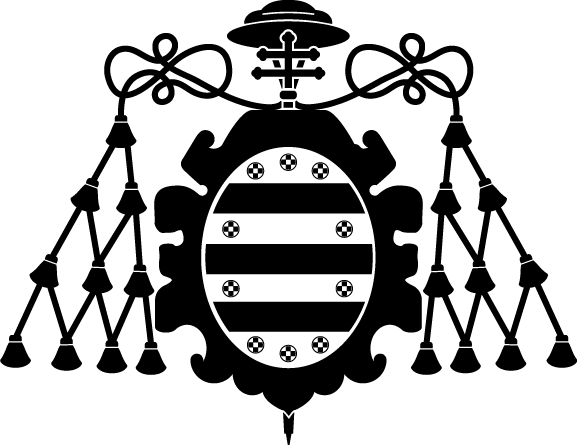Subsidence versus natural landslides when dealing with property damage liabilities in underground coal mines
Autor(es) y otros:
Fecha de publicación:
Versión del editor:
Citación:
Resumen:
This paper presents a case study in the town of Boo (Asturias, Spain), where land subsidence due to underground coal mining has been observed in the past along with landslides and natural ground settling. The confluence of these phenomena represents a liability for mining companies. Any property damage caused by ground movements is considered by those affected to be a direct result of mining-induced subsidence. This has led to numerous property damage liability claims against mining companies even many years after the mining activities have stopped. Based on the analysis of geotechnical studies, subsidence simulations developed with HUNDEF and 3DEC software and ground movement measurements, together with research developed within the Research Fund for the Coal and Steel MERIDA project, the authors investigated the landslide and slope instability phenomena that are occurring in the town of Boo. Moreover, they determined the geographical and temporal limits to distinguish damages for which mining activity may be responsible from natural or human-induced damages unrelated to mining. This research will allow underground coal mining companies to manage property damage liability claims from a clearer perspective and may help researchers reconsider some studies that focused only on mining-induced subsidence to explain ground movements within similar environments.
This paper presents a case study in the town of Boo (Asturias, Spain), where land subsidence due to underground coal mining has been observed in the past along with landslides and natural ground settling. The confluence of these phenomena represents a liability for mining companies. Any property damage caused by ground movements is considered by those affected to be a direct result of mining-induced subsidence. This has led to numerous property damage liability claims against mining companies even many years after the mining activities have stopped. Based on the analysis of geotechnical studies, subsidence simulations developed with HUNDEF and 3DEC software and ground movement measurements, together with research developed within the Research Fund for the Coal and Steel MERIDA project, the authors investigated the landslide and slope instability phenomena that are occurring in the town of Boo. Moreover, they determined the geographical and temporal limits to distinguish damages for which mining activity may be responsible from natural or human-induced damages unrelated to mining. This research will allow underground coal mining companies to manage property damage liability claims from a clearer perspective and may help researchers reconsider some studies that focused only on mining-induced subsidence to explain ground movements within similar environments.
ISSN:
Patrocinado por:
Part of the work presented in this paper was developed within the MERIDA project (Management of environmental risks during and after mine closure) supported by the Research Fund for Coal and Steel under contract No. RFCR-CT-2015-00004, and by the Polish Ministry of Science and Higher Education under the Contract No. 3610/FBWiS/2016/2.
Colecciones
- Administración de Empresas [514]
- Artículos [37548]
- Investigaciones y Documentos OpenAIRE [8420]
Ficheros en el ítem





